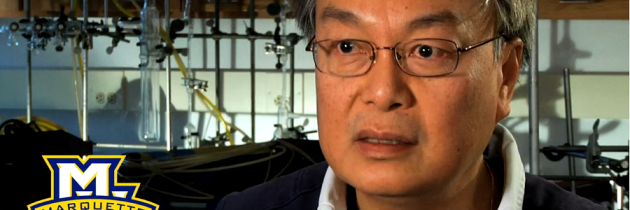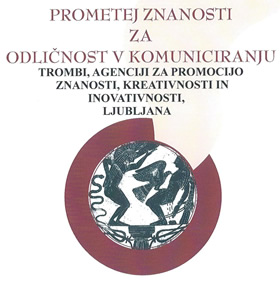dr. Chieu D. Tran: Natural Sporopollenin Microcapsules Facilitated Encapsulation of Phase Change Material
Dr. Chieu D. Tran z Univerze Marquette v ZDA, bo v petek, 29. novembra 2019, ob 10. uri predaval v Biološkem središču v Ljubljani. Predavanje z naslovom Natural Sporopollenin Microcapsules Facilitated Encapsulation of Phase Change Material into Cellulose Composites for Smart and Biocompatible Materials bo potekalo v angleškem jeziku.
»Sporopollenin exine capsules (SECs) are empty microcapsules that are 25 μm in diameter and have extensive networks of ~200 nm diameter holes obtained by chemically removing all external and internal cytoplastic materials from the natural pollen grains. A phase change material (PCM) such as n-eicosane (EIS), a natural paraffin wax, can be successfully encapsulated in the SECs to produce [EIS@SEC]. The high stability and robust nature of SECs retain EIS in the microcavity even during phase transitions, enabling EIS to fully maintain the phase change property, while also protecting the EIS from elevated temperatures and corrosive environments. [EIS@SEC] can therefore, be incorporated into cellulose (CEL) composites to produce [CEL+EIS@SEC] composites. Similar to EIS alone, EIS in the [CEL+EIS@SEC] composites melts when heated and crystallizes when cooled. The energies associated with the crystallization and melting processes enable the [CEL+EIS@SEC] composites to fully exhibit the properties expected of PCMs, i.e., heating the surroundings when they cool and absorbing energy from the surroundings when they warm. The [CEL+EIS@SEC] composites are superior to any other available materials based on encapsulated PCM because they are not only robust and have strong mechanical properties but also are sustainable and biocompatible as they are synthesized from all naturally abundant materials using a green and recyclable synthesis. These features enable the [CEL+EIS@SEC] composites to be uniquely suited as high performance materials for such uses as dressings to treat ulcerous and infected wounds, smart textile for clothing, and smart building materials, and energy storage.
Foto: https://www.marquette.edu/






